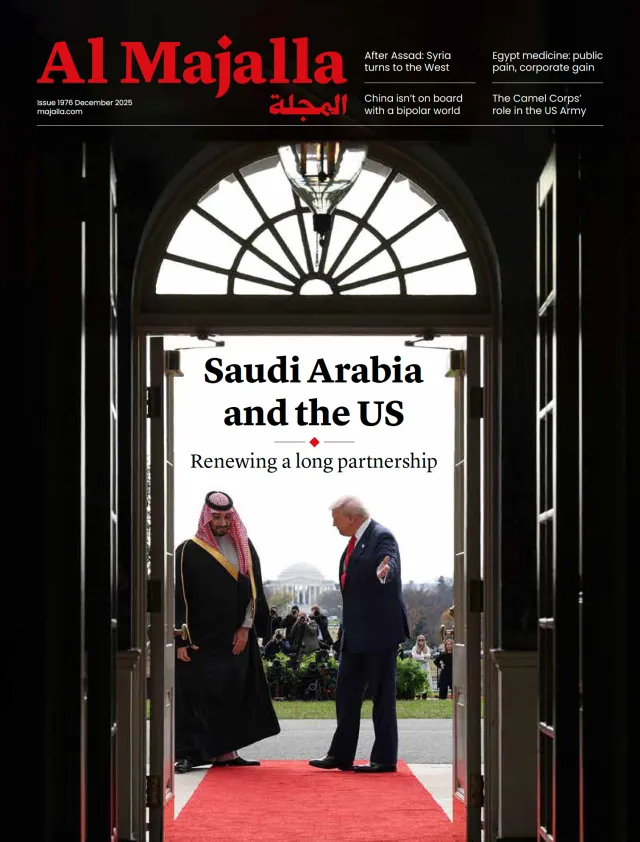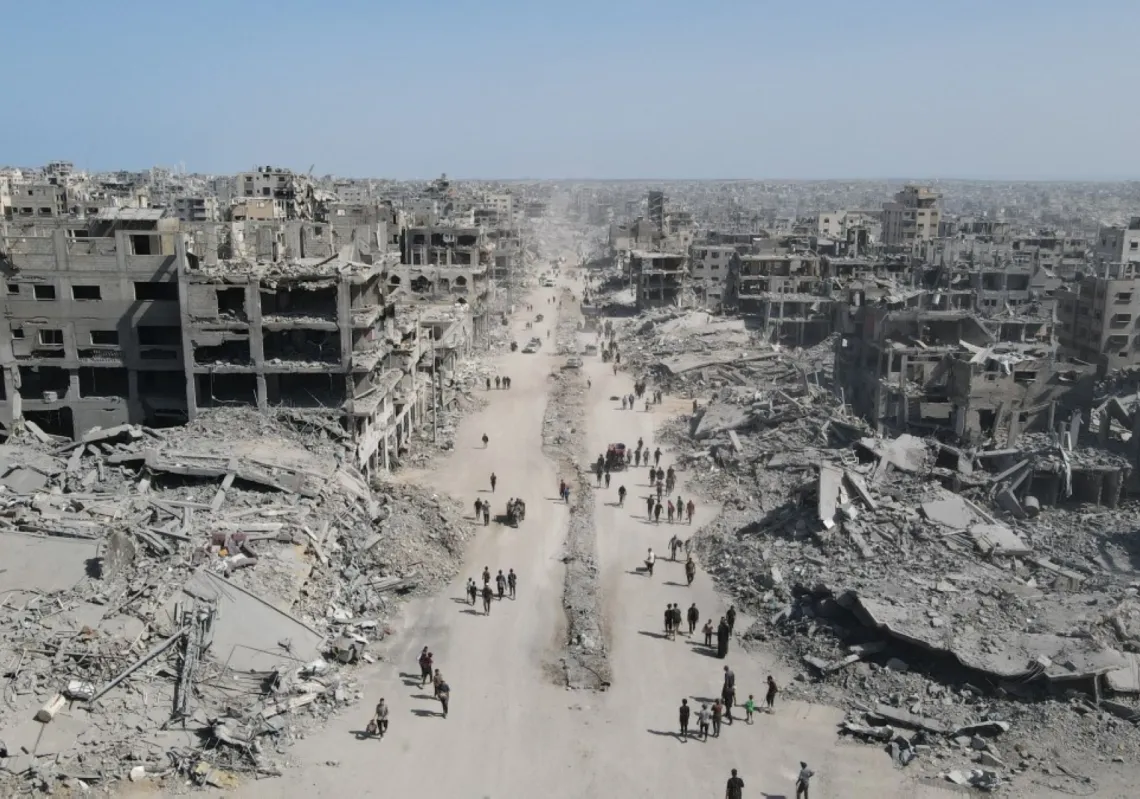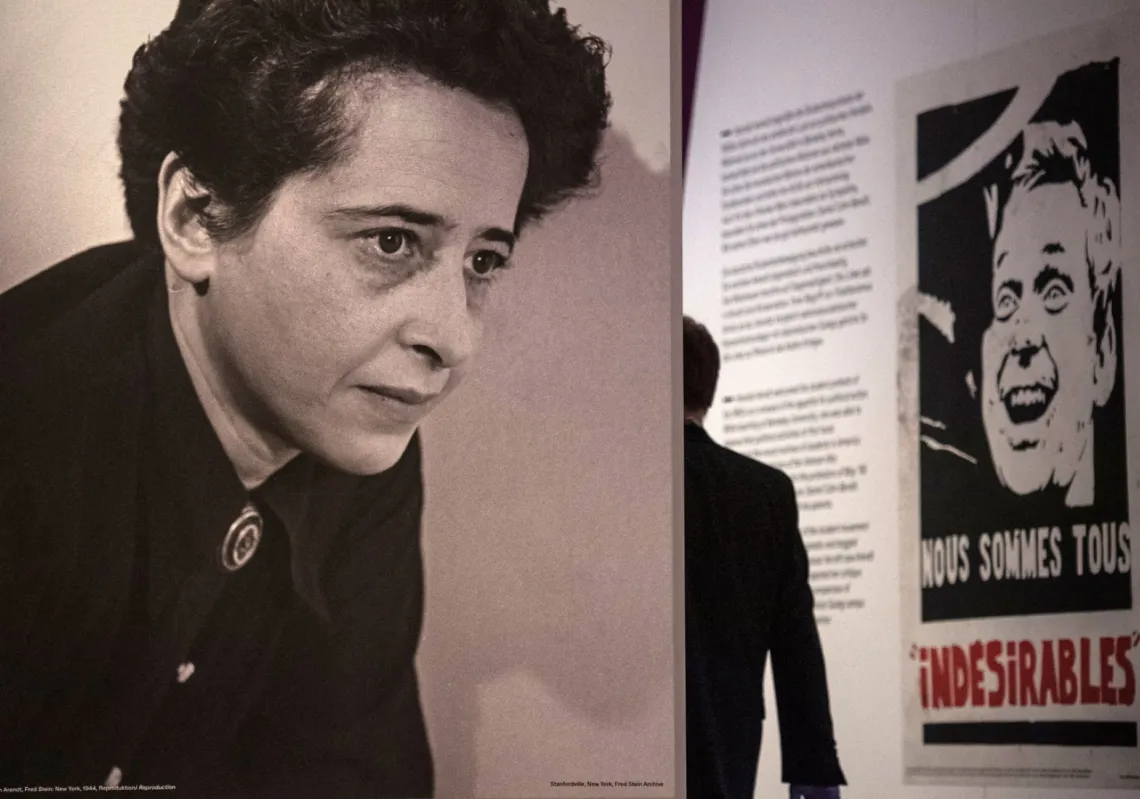At first glance, the New York Declaration (NYD) appears to mark a moment of cautious optimism in the long and weary history of the Israel‑Palestine conflict. Born of the conviction that a two‑state solution must remain the cornerstone of international diplomacy, it offers not a detailed roadmap but an international framework and a shared horizon—a set of principles designed to restore legitimacy, dignity, and agency to both peoples.
Its genius lies not in prescribing immediate outcomes but in reasserting a simple, vital premise: that any durable peace must be rights‑based, multilateral, and anchored in the authority of the United Nations. Yet even as the ink dried on that modest diplomatic achievement, Washington moved to fill the vacuum with its own vision—the US draft resolution to operationalise parts of the Trump Plan.
Cloaked in the language of pragmatism, the draft seeks to establish a ‘Board of Peace’ (BOP) as a transitional governance mechanism and an ‘International Stabilisation Force’ (ISF) for Gaza. Together, these would ostensibly provide the scaffolding for stability and reconstruction.
But the reality is more troubling. Beneath its procedural veneer, the resolution risks transforming an already flawed plan into an imposed framework—one that prioritises speed and optics over legitimacy and inclusion. In trying to create movement, it threatens to substitute process for progress.
Declaration to draft
The NYD was never meant to deliver instant results. Its strength lies in its flexibility: a call for coordinated diplomacy, humanitarian protection, and a credible political horizon. It explicitly ties progress to UN Security Council Resolutions—demanding regular, transparent reporting to both the Council and the General Assembly. It reaffirms the multilateral system’s capacity to hold all parties (both state and non‑state) accountable to international law.
By contrast, the US draft resolution seems like a ‘take-it-or-leave-it’ proposition. It compresses a deeply complex political conflict into a managerial exercise—handing the BOP a two‑year carte blanche with minimal safeguards and only vague references to Israeli withdrawal or Palestinian empowerment. It is efficient on paper, but efficiency without legitimacy is the hallmark of an imposed peace.

The Israeli-Palestinian conflict has long been shaped by an asymmetry of power. Israel’s dominance, backed by US support, has turned many peace initiatives into instruments of containment, rather than emancipation. The US draft resolution echoes this pattern. By framing governance and stabilisation without anchoring them in Palestinian agency or rights, it risks perpetuating the very imbalance that the NYD sought to counter.
Cost of being vague
The resolution’s defenders argue that it is pragmatic—focused on stability, reconstruction, and demilitarisation. But pragmatism without precision is perilous. The text remains ambiguous on fundamental issues such as timelines, milestones, verification, and international oversight. Most alarmingly, it avoids explicit reference to a two‑state solution, or to the body of binding Security Council resolutions that define the contours of such an outcome.
This omission is not semantic. It signals a deeper reluctance to tether action to law. Without that anchor, the BOP and ISF risk becoming instruments of control, rather than transition—administering an indefinite limbo, rather than enabling self‑determination. In response, several regional capitals have begun to articulate a blended framework, one that merges the operational focus of the US plan with the normative backbone of the NYD.















